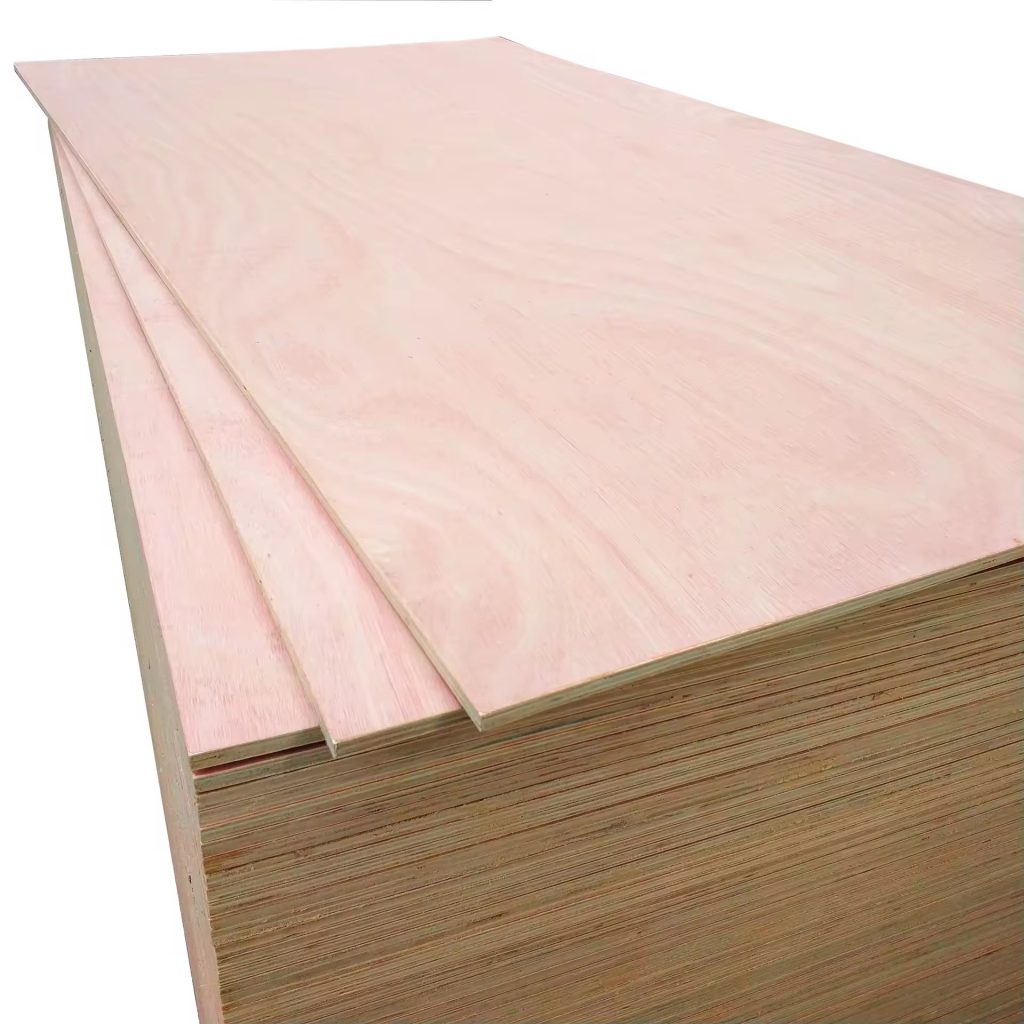The primary distinction between form ply and marine ply lies in the specific adhesives and core materials used for their production. Form ply typically employs a general-purpose adhesive, which makes it suitable for interior applications or environments with low moisture exposure. By contrast, marine ply utilizes waterproof adhesives, ensuring that it maintains its structural integrity even when exposed to prolonged periods of high humidity or direct contact with water.</p
Another critical aspect that differentiates marine ply from form ply is the choice of veneer. Marine-grade plywood usually features an exterior-grade veneer, such as Douglas Fir or Southern Yellow Pine, which is more resilient to the effects of saltwater, sunlight, and harsh weather conditions. On the other hand, form ply may contain veneers that are less durable and not designed to withstand such environmental stressors.
In terms of performance, marine ply is specifically engineered to resist warping, swelling, and delamination, making it an ideal material for boat building, dock construction, and any marine application where longevity and resistance to water damage are paramount. Conversely, form ply is often used for indoor purposes like furniture, shelving, and interior construction, where exposure to moisture is significantly lower.
Despite these differences, both types of plywood may be sourced from reliable suppliers who offer varying grades and sizes tailored to the needs of different industries. It is essential for consumers to identify their specific requirements clearly before selecting a plywood product, ensuring that they achieve the desired level of functionality and value for their intended application.
Ultimately, whether one chooses form ply or marine ply depends on the specific demands of the project at hand. Marine ply represents an investment in quality and durability, particularly for applications involving exposure to the elements, while form ply provides a cost-effective solution for indoor usage and less demanding environments. Careful consideration of these factors will enable individuals to make an informed choice that aligns with their unique needs and project scope.


